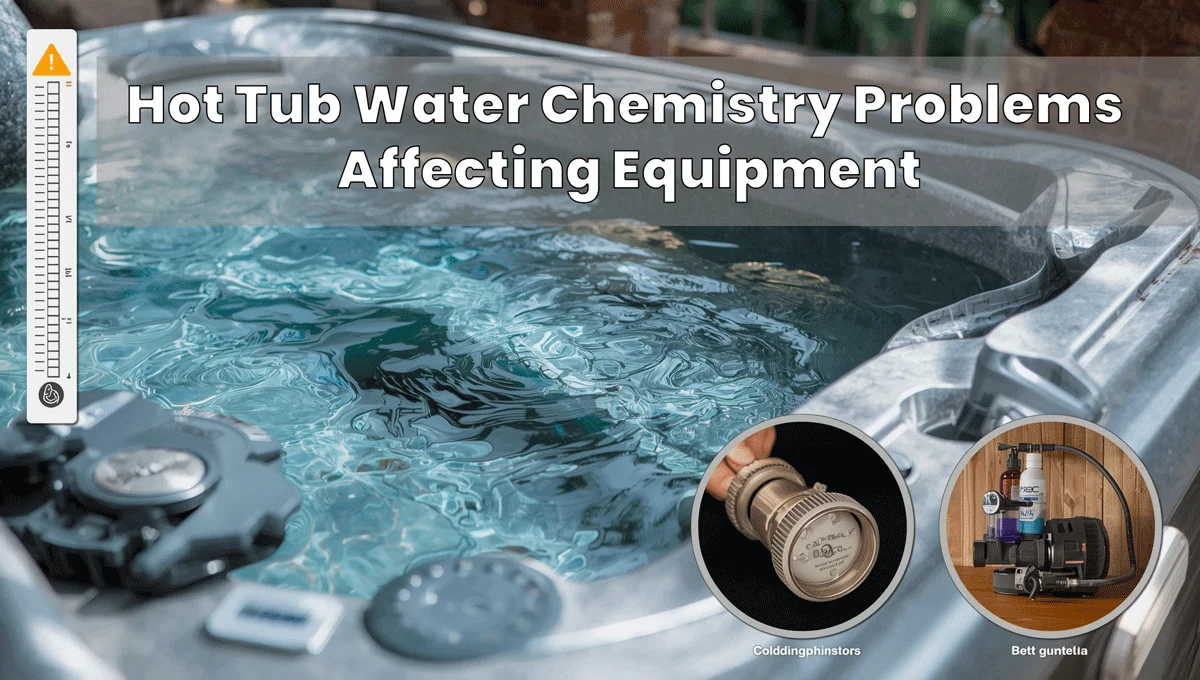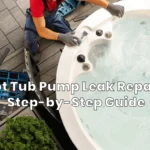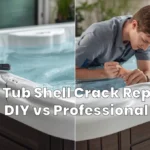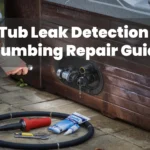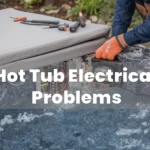Tub ownership, of course, is much more than soaking in warm, bubbling water. Much of the unseen work within the hot tub relates to water chemistry to guarantee a healthy, clean, and properly running spa. Problems related to water balance will lead to expensive repairs and cloudy as well a s unsafe conditions to be bathing in. This article explores how chemical imbalances affect hot tub equipment so that you know how to rectify and avoid these problems.
Importance of Proper Water Balance
Proper water balance is not a matter of comfort alone, it is critical for the protection of all mechanical and electrical components within your hot tub. Bad chemistry will corrode metal parts, eat away at seals, create clogging inside plumbing lines, and destroy your heater.
Balanced water prevents:
- Early breakdown of your heater element
- Build-up of scale on pipes and jets
- Corrosion inside spa parts
Common Chemical Imbalances in Hot Tubs
Here are some common water chemistry issues spa owners often face:
- Low pH (Below 7.2)
- It eats away at metal parts such as the heater element and pump seals.
- Can irritate skin and eyes
- High pH (Above 7.8)
- Can cause scale to build up on pipes and surfaces.
- Makes the sanitizer less effective
- Low Alkalinity
- Causes pH to fluctuate wildly
- High Calcium Hardness
- Results in scaling and cloudy water
- Low Sanitizer Levels (Chlorine/Bromine)
- Promotes bacteria growth and biofilm buildup
Effects of pH Levels on Equipment
pH is one of the more important factors in hot tub chemistry, and rightly so since a low pH environment is acidic and will start eating away at metal parts — notably your spa heater.
Damage from low pH includes:
- Corrosion on a heater element
- Leaking seals on pumps
- Human-revised: Jet bearing goes bad
- Equipment wears out faster
Problems with high pH include:
- Scale buildup on heaters and pipes
- Blocked pipes
- Cloudy look in water
Understanding Alkalinity for Maintenance
Other functions are related to mineral control in the water, and include precipitation by unpalatable mineral ions, cleaning these ions from solution, and especially neutralizing very acidic conditions harmful to aquatic life followed by lowering the pH such that it’s constantly fluctuating which is an unstable and harmful environment for aquatic life.
Ideal Total Alkalinity Range: 80–120 ppm
If your alkalinity is off:
- pH becomes harder to control
- Risk of corrosion or scaling increases
- Chemical adjustments become less effective
Understanding Calcium Hardness Issues
Calcium is needed to guard some of the surfaces and to keep the water from being aggressive. But too much or too little can lead to problems.
Low Calcium (<150 ppm):
- Water becomes corrosive
- Eats away at metal parts, pump seals, and heater components
High Calcium (>400 ppm):
- Scale buildup on heating elements and inside plumbing
- Reduces water circulation and efficiency
Chlorine vs. Bromine: Equipment Impact
The appropriate sanitizing agent can influence both clarity and equipment longevity. But, bear in mind that although chlorine and bromine are both good sanitizers, each has its downside in terms of equipment protection.
Chlorine:
- Works quickly and gets results
- Might be tough on covers, pillows and plastics if you use too much
Bromine:
- Easier on parts
- Better stability when water warms up
Note: Avoid mixing the two—they can react dangerously.
Signs of Water Chemistry Problems
Trouble will start showing through its components and appearance. Watch for these red flags: Spa & hot tub water not testing regularly.
- Cloudy or bubbly water
- The heater keeps turning off a lot
- Jets don’t create a very strong flow
- Bad smell or chemical scent
- Rusting on metal parts or heater ends
Solutions for Common Water Issue:
| Problem | Likely Cause | Solution |
| Cloudy water | High calcium, poor filtration | Clean filter, lower calcium with dilution |
| Foamy water | Low sanitizer, buildup of organics | Shock treatment, raise sanitizer levels |
| Heater not working | Low pH or scale on element | Balance water, clean or replace heater |
| Corroded parts | Low pH or low calcium | Raise pH and calcium hardness |
- Test water 2–3 times a week
- Use a digital test kit or test strips
- Perform regular spa shocks
- Rinse or replace filters monthly
Keeping Your Hot Tub Healthy
As the saying goes, prevention is better than cure. This means that with regular testing and preventative maintenance a hot tub can be kept running for many years rather efficiently. Here’s your simple water care routine:
Weekly:
- Test and balance pH, alkalinity, and sanitizer levels
- Add shock after heavy use
Monthly:
- Deep clean or replace your filter
- Inspect heater and visible components
Quarterly:
- Drain and refill spa water
- Clean shell and plumbing lines
Annually:
- Inspect heater element for buildup or wear
- Replace seals and gaskets if needed
FAQs
Why is the chemistry of water relevant to my hot tub equipment?
Poor water balance may corrode your metal components, plug your plumbing, and destroy your heater or seals. Equilibrated water saves your investment and gives you a safe soaking.
What influence do PH and alkalinity have on spa ingredients?
The low pH will result in the corrosion of heaters and seals, whereas the high pH will result in scale deposition and turbid water. The alkalinity stabilizes the PH, in its absence, the water chemistry is unstable.
How do I know that I have a chemistry problem with my hot tub?
Water that is cloudy or foamy, low-moving jets, bad smells, tripping of heater, or visible corrosion, all indicate a chemical imbalance. Testing will assist you to detect such problems at an early stage.
What should I do to eliminate typical water issues such as foam or scaling?
Foam indicates low sanitizer or buildup- shock and filter cleaning. The scaling is caused by high calcium or pH-dilute water and equalizes chemicals to repair and avoid the harm.
How do you keep healthy hot tub water?
Communicate 2-3 times a week to check the water, wash filters once a month, drain/refill once every 3 months and examine parts once a year. This easy procedure maintains water transparent and your gears safe.
Final Thoughts
Proper Water Chemistry is not only a matter of comfort but about protecting your investment. Whether you have invested in a high-end acrylic spa or an inflatable model, balanced water saves your heater, pump, filters, and plumbing in most operational conditions. If you are constantly battling cloudy water, scaling, or heater problems, I can bet it has to do with water chemistry.
Stay on top of things and check it often. Your hot tub will then give you many years of relaxing times.

